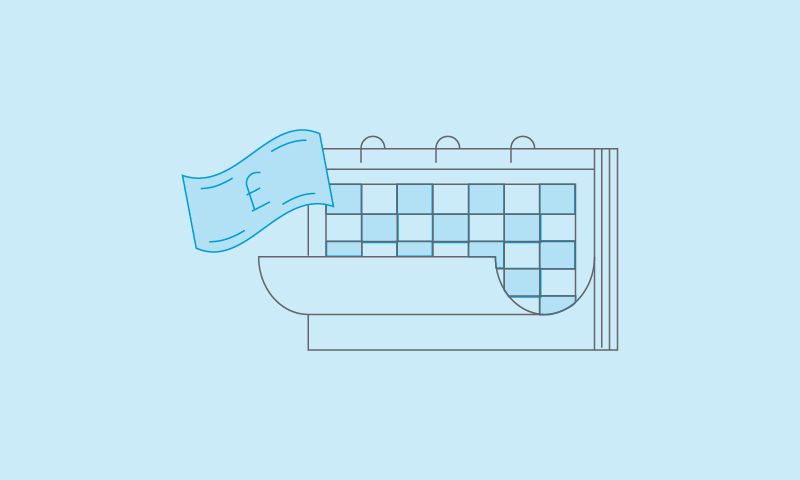19 July 2022
As the recently released Halifax House Price Index shows, regardless of the current uncertainty around the economy, house price increases are showing no signs of slowing down, at least for the moment.
Property prices increased by 1.8 per cent in June, the biggest monthly rise since early 2007, with an annual growth rate of 13 per cent, being the highest since late 2004. The typical property price has now increased to a record high of £294,845.
With these record price increases, you can understand the appeal of buying a plot of land or derelict building with the intention of building your dream home. Indeed, latest statistics show that there was a 25 per cent increase in individuals registering with local authorities for their own self-building or custom housebuilding project in the year to 31 October 2021 from the prior year.
However, a recent case has highlighted the inconsistencies and pitfalls when an individual builds their own home on a plot of land.
The case of Lee and another v HMRC involved the taxpayer purchasing a plot of land with an existing property for just under £1.7m which they demolished to build a replacement property. This new property was used as their main residence for just over a year before it was sold at nearly £6m, generating a significant gain. The taxpayers claimed full relief under the principal private residence relief (PPR) rules, however the claim was denied by HMRC. The taxpayer then appealed to the First-tier Tribunal (FTT).
In order to benefit from PPR in full, it is broadly necessary for an individual to occupy the property as their only or main residence for the full period of ownership. Special rules exist in certain circumstances, including, for example, that the last nine months will typically qualify for the relief regardless of whether the property is occupied.
However, a potential problem arises for self-builders looking to benefit from PPR as they are often unable to occupy their new home at the outset because it is still being built. In such cases, self-builders can potentially still benefit from PPR whilst the property is under construction provided the property becomes their only or main residence in the first two years. Not an easy task at a time of restricted supply chains and with builders in demand.
A key point in this case of Lee and another was that the period between the land being bought and the taxpayer moving into the property was over two years.
HMRC’s argument was that the term ‘period of ownership’ referred to the land as an asset, whereas the taxpayer contended that this only related to the dwelling house. The FTT sided with the taxpayer on this matter, thus relief was available on the full amount of the gain, not just for the period following the property being built.
New legislation was introduced for disposals of properties after 6 April 2020 and it remains to be seen how this case impacts on self-builders going forward. It might mean self-builders have a lot more time to be able to complete their projects if the period of ownership for PPR purposes only starts from the date the property itself is owned, rather than the land. However, it seems likely that HMRC will not accept this interpretation and decisions of the FTT are not binding. It would therefore be sensible for self-builders to aim to stick to the two-year timeframe for their build if they want to have certainty of benefitting from PPR in full. Either way, it shows the importance of timing in situations where property or land is purchased and then heavily redeveloped. Careful planning and record keeping is essential in these situations.

AUTHOR








